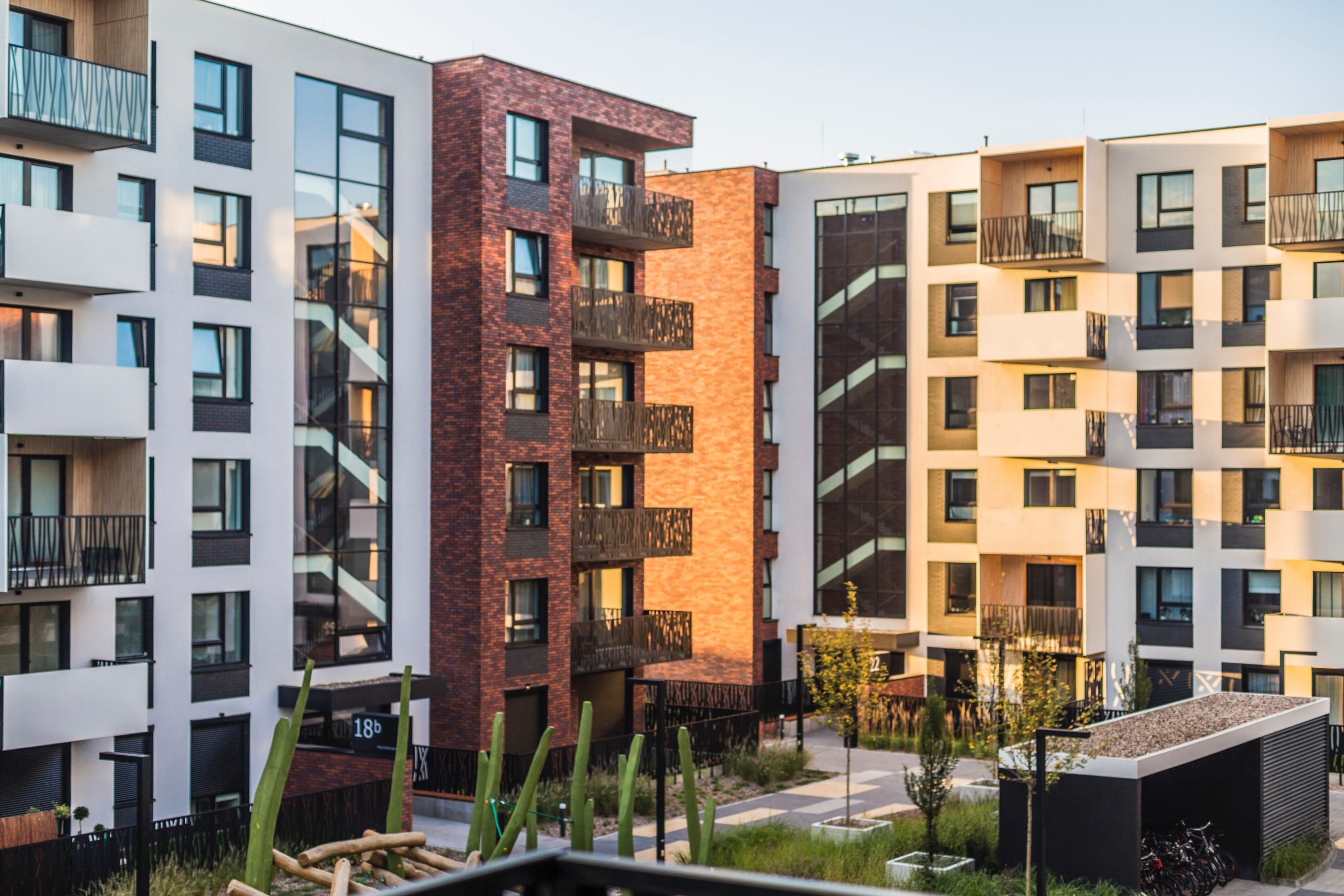Many people reach out to me to ask about owning a rental property. They want to know how it’s possible, what the loan options are and the process of going about buying another property.
In this article, I will go through all of that and more.
Buying a second home & renting out the first.
There are a couple of options when it comes to rental properties. The first option you have is to buy a second home and rent out the current one you’re living in. Your first home will become a rental property while you transition and move into the second home you’re buying.
When purchasing a second home, you may do as little as 5% down payment if you only own one or two other properties that you put less than 20% down on. This is because depending on the lender and insurer, they will generally only want you to have 2 or possibly max 3 properties total where you have put less than 20% down on. Otherwise, you would need to do 20% or more down payment on a property.
I wrote a full article on this topic “Buying a Second Home & Renting out the First”. If this is the route you’re hoping to go, I suggest you click on that article and take a read. I’ll continue on with the other options below.
What type of rental property are you looking at buying?
If you’re looking at buying a property that has several units in it (duplex or four-plex) and you currently do not own a home, you may be able to buy this property as an “owner-occupied” if you plan to live in one of the units yourself. This will allow you to pay a lower down payment.
If you are not planning to live in one of the units, and you will be purchasing it solely as a rental property, you will purchase it as “non-owner occupied” which means you will have to pay a higher down payment.
Since 2010, Canadians are required to provide a larger down payment when purchasing rental properties.
- Non-owner occupied properties will have a minimum of 20% down of the purchase price.
- Owner-occupied properties can have a down payment of 5% of the first $500,000 and 10% of the balance up to a million and then upwards of 20%.
It’s important to note that not all lenders have the same rules. This is why it’s very important to speak to myself, a mortgage broker, before you put an offer on a rental property. We will be able to go through your situation, discuss your down payment options and see where you qualify. This will allow you to put offers into properties that you know you’ll be approved for.
Loan options for rental properties.
There are several different loan options for rental properties in Canada. Let’s go through the main options. Each option requires different things from a lender and a client, which means that not every loan option will work for your situation.
HELOC.
The first option that we will talk about is a Home Equity Loan/Home Equity Line of Credit (HELOC). In most cases, it’s possible for a homeowner to borrow up to 80% of their current home’s equity value to use towards a purchase of a new home/rental property.
With a HELOC, you are able to borrow against the equity the same as you would with a credit card, depending if you’re approved for a HELOC. The rates for HELOCs are normally variable and the maximum amount you can borrow is 65% of the value of a property.
Private mortgage loan.
The next option that we will go into is a private mortgage loan. A private loan is exactly what it sounds like. These loans are from one individual/investor to another client.
Private loans have a higher interest rate from A and B lenders but are a great option depending on your current situation and desire to own the rental property.
When considering a private mortgage loan, you would still go through the same mortgage approval process. You’d reach out to me, get me the documents I need and I would see what you qualify and are approved for. Then, if a private mortgage option is your best bet, I would reach out to my network of private mortgage loan investors to see who would be willing to loan to you.
If you’re looking for more information on private mortgages, visit my Private Mortgage page on my website. It’s full of great information to help get you informed!
A or B lender mortgage options.
The other main loan option for rental properties is conventional mortgage loans through A or B lenders.
This is the second process as a traditional mortgage, but depending on the units and the building, the down payment and approval criteria will be different.
If the rental property you are looking to purchase has less than 5 units, it will be deemed residential, if it has 5 or more units, you will require a commercial mortgage.
I want to also note that rates are generally a bit higher for rental purchases.
Rental offset during approval process.
One of the better calculations is a 50% rental offset, which cuts out 50% of the debt out of the calculations/ratios.
This works out very favourably for the client. But, the most common calculation is 50% of rental income getting added to the overall income of the application. This becomes much less of a benefit than the first mentioned calculation.
Most lenders will use the bottom calculation, but some lenders will use the first calculation. The better your situation, the better of a chance you will qualify for the first calculation.
Get approved today.
Buying a rental property is a very exciting moment in your real estate portfolio. Rental properties provide a lot of opportunities for people and is a great way to build your net worth.
To get started on this dream, we need to get you approved!
Give me a call at 250-826-3111, contact me through this form or apply directly on my website. Then, we will chat on the phone and I will learn more about your current situation to see what is possible for you.
I look forward to helping you with this real estate endeavor!







